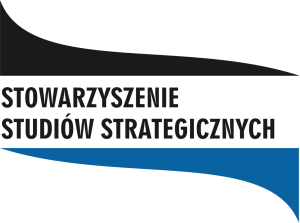The measure of NATO’s modernisation is the degree of technological transformation. This is also realised in public-private partnerships. Today, 90% of the technology used for defence and security is produced by the private sector. Systems developed by Amazon, Google or Starlink, and made available to Ukraine, contribute significantly to its defence effort.
Resulting from the need for technological change, these decisions of the Vilnius summit have received little public attention. Meanwhile, they actually herald the next phase of NATO’s growing superiority, not so much if not only over Russia. They are a new phase in the response to the challenge from China. These provisions included:
– approval of NATO’s Digital Transformation Implementation Strategy;
– new civilian resilience objectives; and the establishment of a NATO Maritime Centre for the security of critical undersea infrastructure in Northwood (UK);
– energy security, including the establishment of a NATO-accredited Centre of Excellence on Climate Change and Security in Montreal;
– new cyber defence instruments; and
– the commissioning of a strategy for quantum technologies and biotechnology.
By 2030, NATO’s digital transformation is intended to ensure interoperability across all operating environments, increase situational awareness and facilitate political consultation and decision-making based on the greatest possible amount of data.
Within energy security, NATO is integrating climate change into all its core missions, adapting infrastructure, military capabilities and technologies to future operating environments, including the transition to clean energy sources.
A separate output from Vilnius is a package developing NATO’s 2019 Space Strategy, including a multinational programme on Persistent Space Surveillance (APSS), which will improve intelligence, surveillance and reconnaissance capabilities. During the summit, the Centre of Excellence for Space, established earlier this year in Toulouse, was accredited to NATO.
The result of all these provisions is to co-create a new reality that NATO military commanders describe in three words: more, faster and everywhere. More hard power, including unmanned systems, but also more data; faster computing power, quantum technology, resources in space and cyberspace.
NATO is therefore learning lessons from the threats from Russia and the war in Ukraine. But it is also increasingly adapting to the challenges from China, which, through its economic, demographic and educational potential, but also its asymmetric activities (technological espionage, expert drain), is a technologically more demanding rival, also in space and cyberspace, where aggression can, according to its doctrine, also be considered by the Alliance as an aggression in the context of Article 5 of the Washington Treaty. For these reasons, among others, despite the treaty-limited geographical theatre of responsibility, NATO is inevitably becoming a global alliance.
Amb. (ret.) Tomasz Chłoń
Head of Research, Center for Population Diagnostics Łukasiewicz Research Network – PORT Polish Center for Technology Development
